Seven Ancient Tales: A Doodled Past
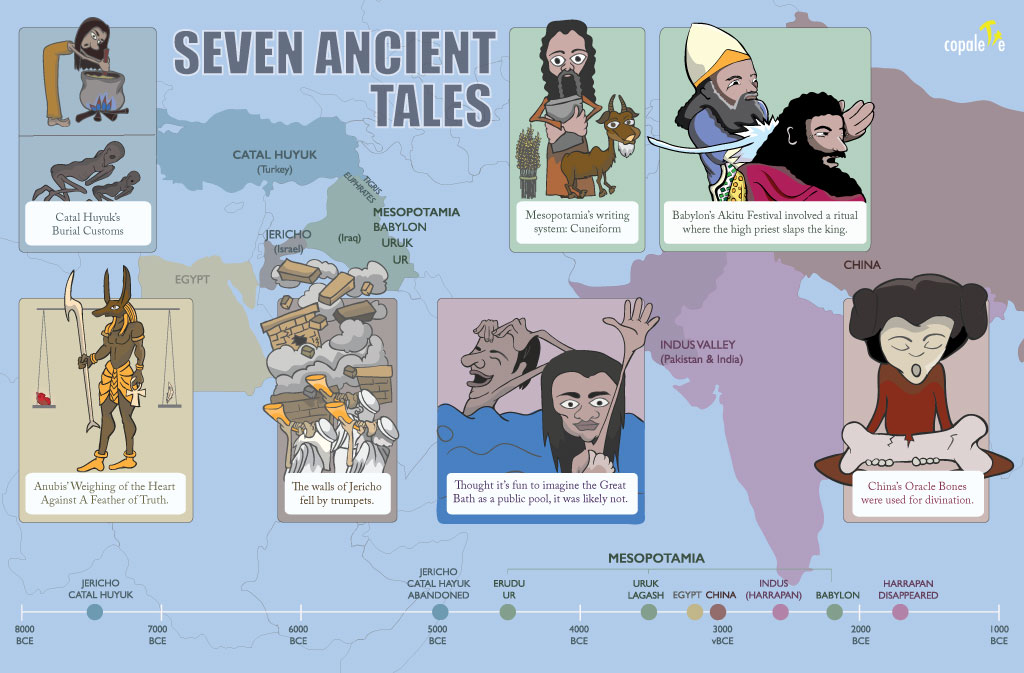
G and I play a homemade board game, where we travel through ancient cities to find a stolen treasure. To supplement our game, I drew him the picture above, which shows one interesting story – historical or otherwise – about each city. Since G loves good stories, these doodles serve as great tools to introduce him to historical events and people. Hopefully, when he’s older, history will not just be a series of dates and names and places to remember for a test, but an epic tale about… well, all of us.
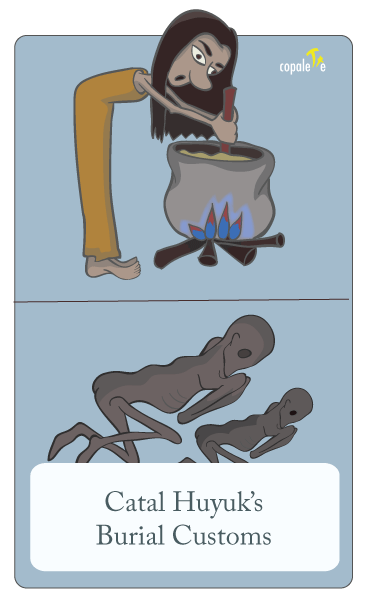
Catal Huyuk
Catal Huyuk (or Çatalhöyük) in eastern Turkey, is one of the first large human settlements. Archeologists have found human remains in bent positions under the floors of the Catal Huyuk people’s homes, especially under the main rooms, hearths and beds.
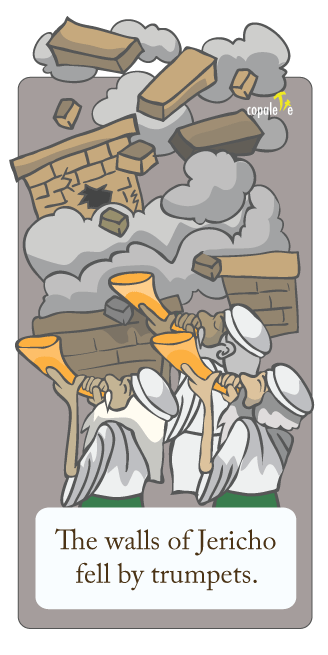
Jericho
Jericho, in modern-day Israel, is another one of the first major human settlements. The Book of Joshua chronicles the Battle of Jericho, where the Israelite army blew their trumpets and caused Jericho’s walls to crumble. There is no archeological evidence to support this story.
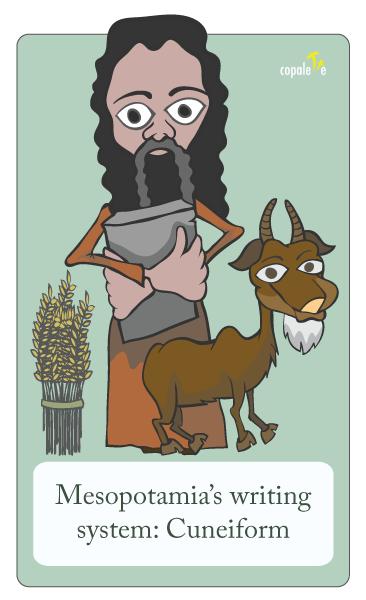
Mesopotamia
Mesopotamia is a collection of cities (/states) that were all part of the Sumerian civilization. Mesopotamia is credited for the invention of writing. The cuneiform, which means “wedge-shaped”, apparently used to document a lot of wheat and goat transactions.
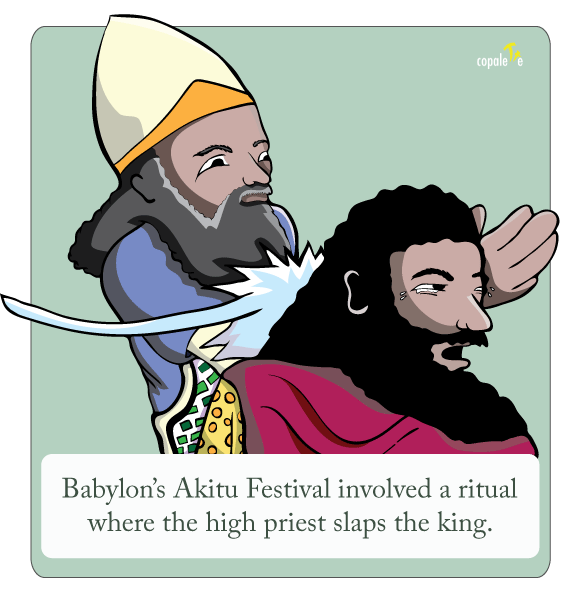
Babylon
Here’s a piece of history I couldn’t resist illustrating. And yes, I couldn’t resist using the “Batman slaps Robin” meme as inspiration either. I first read about this festival in THE MENTAL FLOSS HISTORY OF THE WORLD. The Akitu Festival marks the New Year, and as part of a series of rituals, the king humbly presents himself upon the temple of Marduk, Babylon’s chief god, with no crown, no scepter and no weapons. He then declares that he has not done anything wrong as king in the past year, and the high priest slaps him to determine if he is telling the truth. His tears confirm that he is fit to be king for another year.
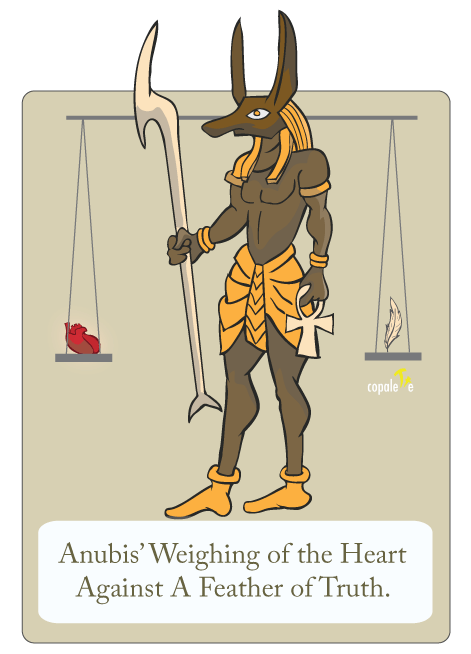
Egypt
Egypt is a favorite topic of ours due to G’s fascination with mummies. The ancient Egyptians believed in an intricate afterlife journey that culminated in a final important test: the weighing of the heart against the feather of truth. If the heart is lighter than the feather, the dead will continue on to the perfect afterlife. If it is heavier, then he will be eaten by the Devourer, a monster who is part-lion, part-hippopotamus and part-crocodile.
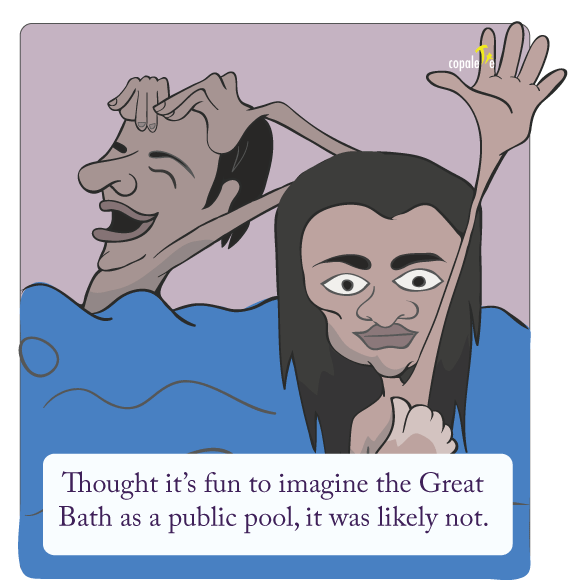
Indus Valley
No, the Great Bath was not used as a public pool, but I couldn’t resist drawing it as such. The bath was likely used for religious rituals. The Harappan civilization of the Indus Valley had an impressive water supply and storage system.
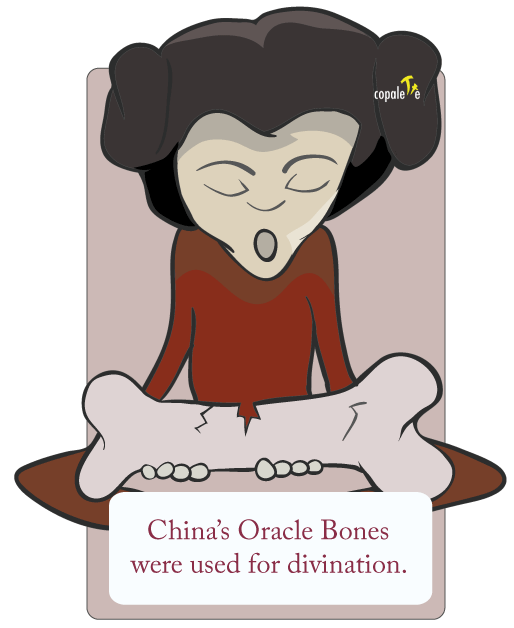
China
In ancient China, pieces of turtle shell and bones were used for divination. Questions were carved onto the shells/bones, which were heated until they cracked. The diviner interpreted the patterns as answers to the questions asked.
Additional Resources:
Andrew Marr’s A HISTORY OF THE WORLD
The Mental Floss History of the World: An Irreverent Romp Through Civilization’s Best Bits
Christopher Lascelles’ A SHORT HISTORY OF THE WORLD
Crash Course: World History
The Great Courses: History of the Ancient World – A Global Perspective
The British Museum’s Teacher Resources: ANCIENT EGYPTIAN BOOK OF THE DEAD
